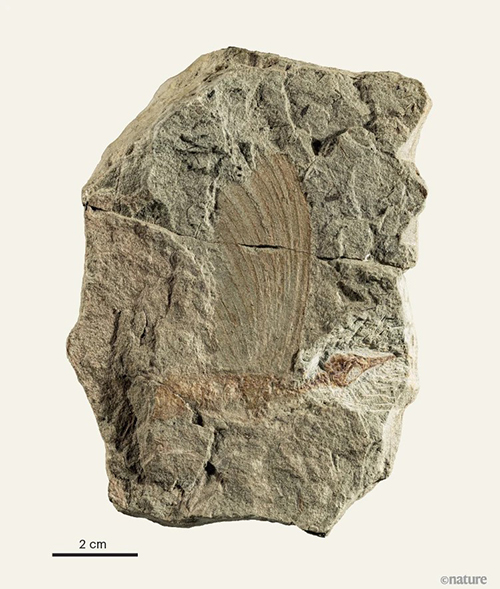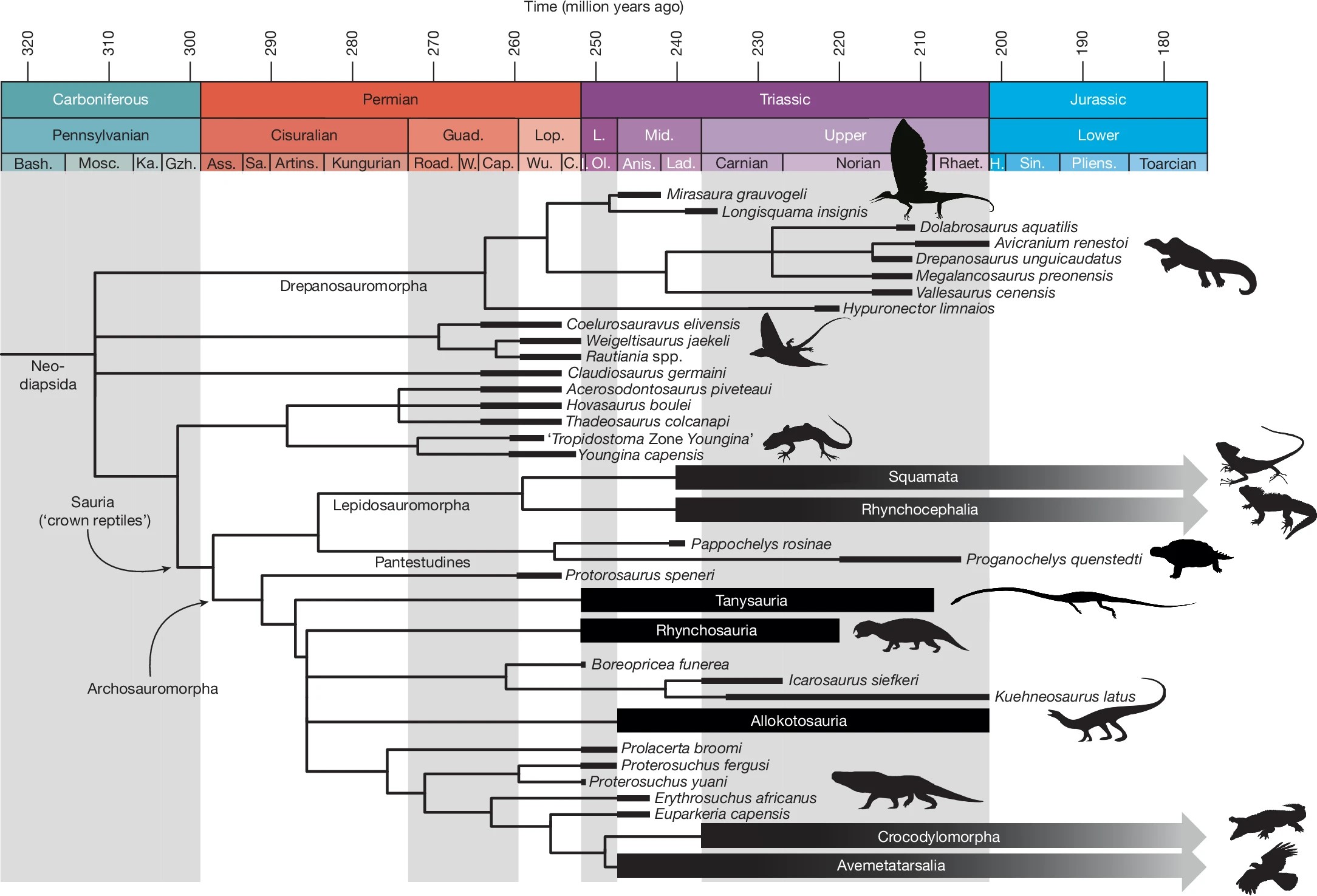Research Highlight – Ancient Reptile Discovery Illuminates Enigmatic Skin Features
Nature has published a groundbreaking study detailing the discovery of Mirasaura grauvogeli, a 247-million-year-old reptile whose fossilized remains reveal bizarre, fern-like skin appendages unlike anything previously seen in vertebrates.

Unearthed from a Triassic quarry in northeastern France, the fossil was long misidentified until a recent re-examination exposed a crest of tall, unbranched skin structures extending from its back. Using a suite of cutting-edge techniques including synchrotron tomography and scanning electron microscopy, Spiekman et al. confirmed these appendages are not feathers, but entirely novel integumentary features.
Remarkably, the fossilized skin contains melanosomes, pigment-carrying organelles, whose shapes and diversity closely resemble those found in feathers, but differ significantly from modern reptilian skin or mammalian hair. However, lacking the branching typical of true feathers, these structures evolved independently, indicating that complex skin appendages were more widespread and evolutionarily versatile than previously believed.
Mirasaura belongs to the enigmatic Drepanosauromorpha, pushing back the origin of this group by 20 million years and placing it near the base of the reptile lineage. Its striking appendages, thought to serve a visual display function, challenge the long-held view that such elaborate features evolved only in birds and mammals.

Fig. Time-calibrated majority rule consensus tree of neodiapsid interrelationships.
This discovery alters our understanding of skin evolution among vertebrates. It reveals that the genetic toolkit for producing complex skin structures was present far earlier and in more diverse lineages than assumed. By providing the first clear fossil evidence of non-feather, non-hair integumentary innovation in basal reptiles, the study redefines how we trace the origins of feathers, fur, and scales.
————
Reference:
Spiekman, S.N.F., Foth, C., Rossi, V. et al. Triassic diapsid shows early diversification of skin appendages in reptiles. Nature (2025). https://doi.org/10.1038/s41586-025-09167-9
File Download: